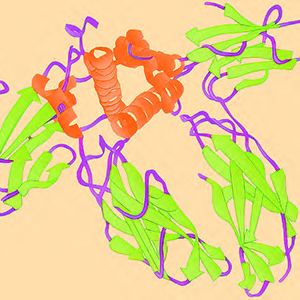RIGENERAZIONE E INTERFERENTI ENDOCRINI NEGLI ECHINODERMI

All claims expressed in this article are solely those of the authors and do not necessarily represent those of their affiliated organizations, or those of the publisher, the editors and the reviewers. Any product that may be evaluated in this article or claim that may be made by its manufacturer is not guaranteed or endorsed by the publisher.
Regeneration phenomena performed by animals following self-induced or traumatic mutilations are characterized by complex developmental processes distinct from the embryonic ones and finely regulated by endocrine and neuro-humoral mechanisms. Echinoderms are a phylum of marine invertebrates where the regenerative potential is expressed at all the the life cycle stages allowing regeneration of tissues and organs and even of whole individuals from body fragments. The capabilities to easily undergo complex regenerative phenomena provide occasion for a controlled study of physiological developmental processes in adult animals and make Echinoderms ideal models to monitor the effects of environmental contamination, with particular reference to those caused by endocrine disrupters (ED) compounds. In the context of dedicated European and national projects, recent researches were addressed to study the effects of exposure to different classes of ED compounds (polyclorinated biphenyls, organotins, pesticides and others) on regenerative development of Echinoderms: the selected model species was the crinoid Antedon mediterranea. The obtained results showed that a prolonged exposure to ED compounds has a relevant impact on regeneration mechanisms inducing in the exposed individuals 1) anomalies in terms of regeneration times, morphogenesis, histogenesis and differentiation, 2) remarkable alterations of steroid hormons levels, showing a close concentration/effect correlation for all the tested compounds.


 https://doi.org/10.4081/incontri.2022.802
https://doi.org/10.4081/incontri.2022.802